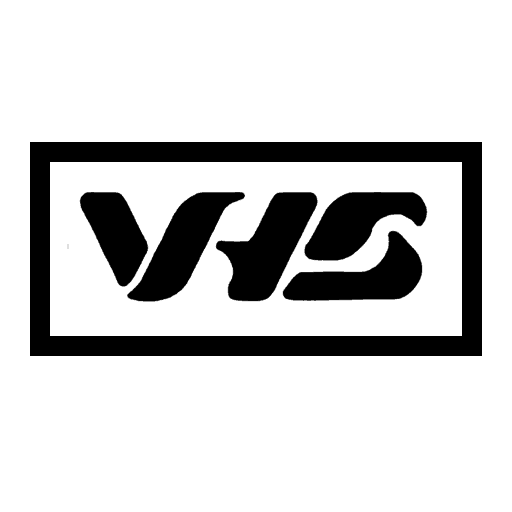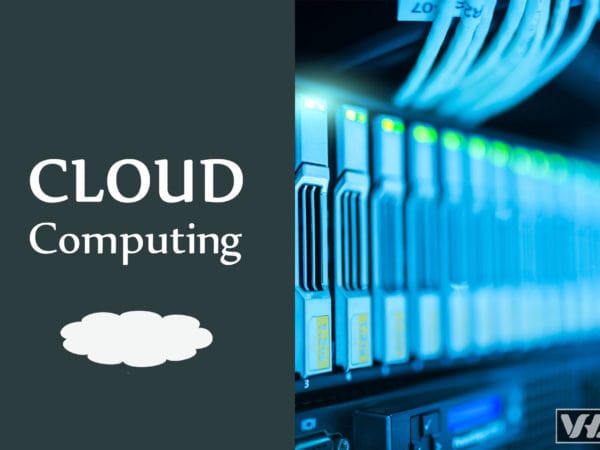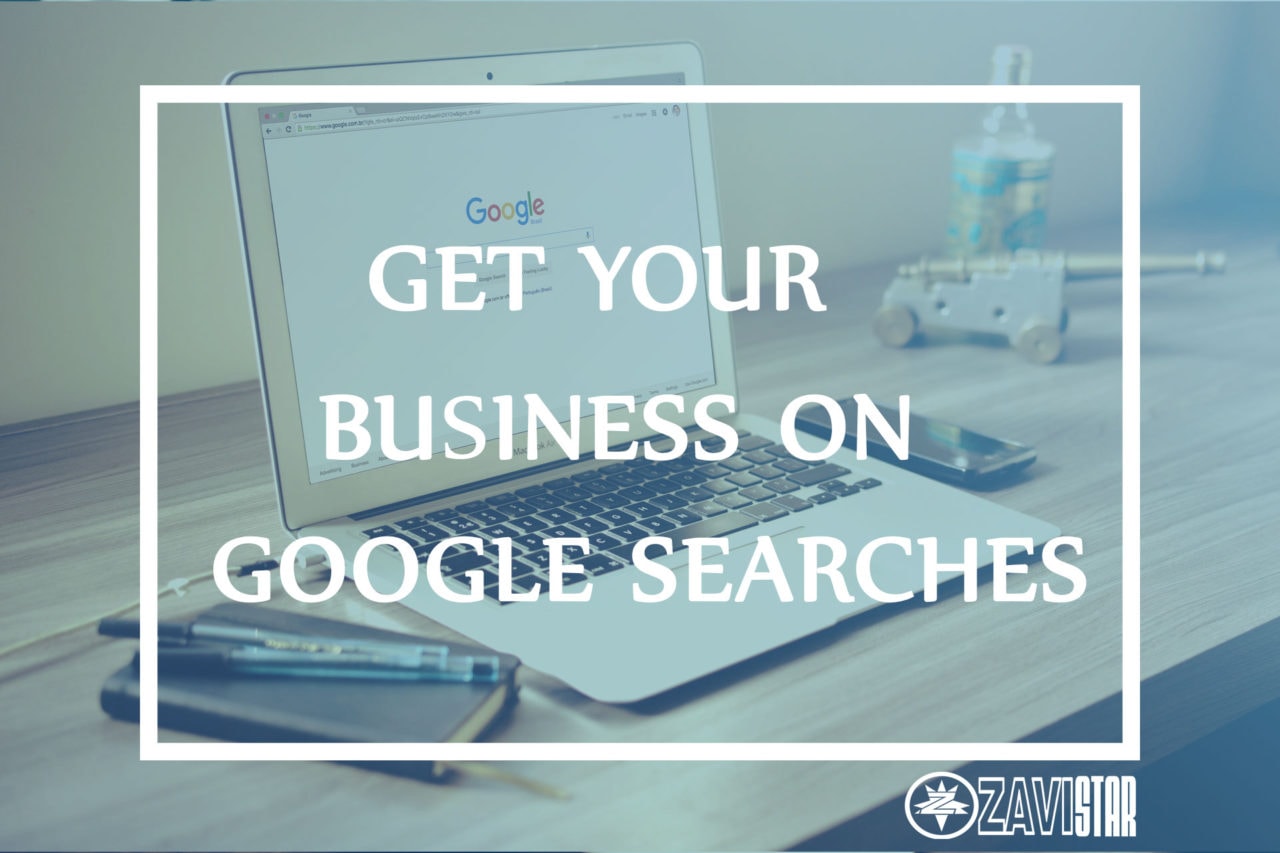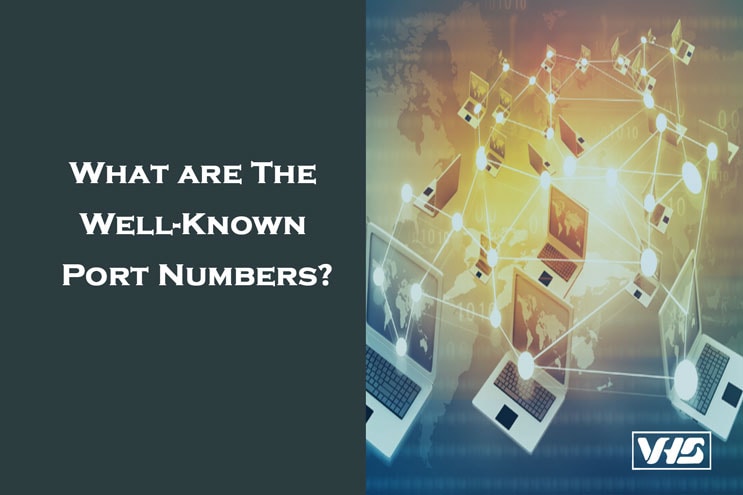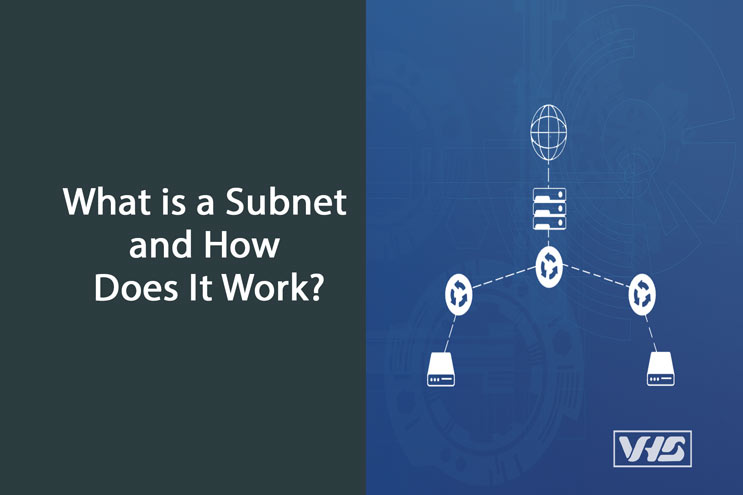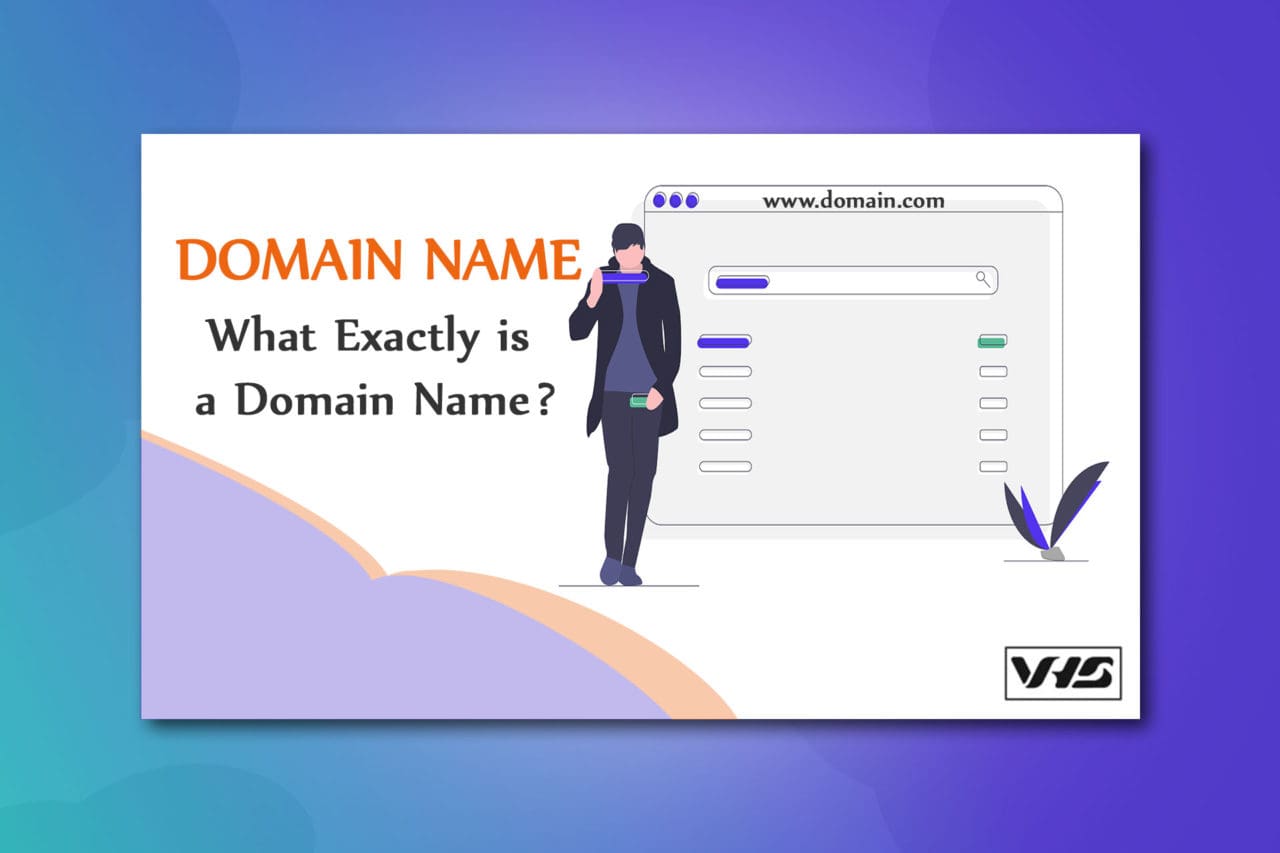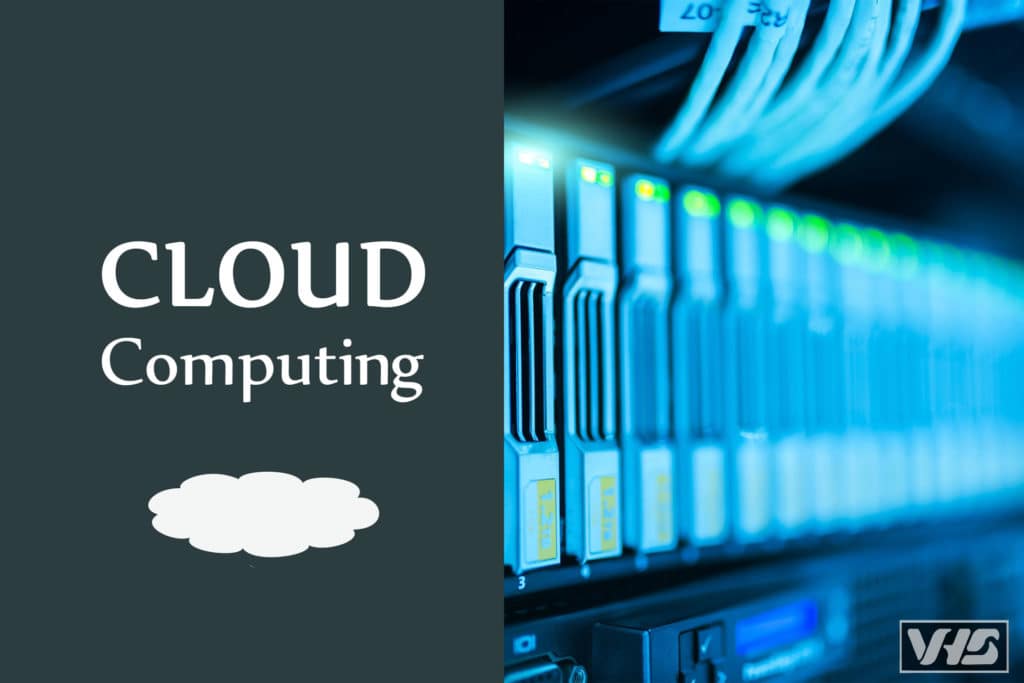
Technological innovation has been a major contributor to today’s global economy. There are many companies competing for a place at the top of the technology industry. This constant competition has forced companies to invest in innovation. Companies keep increasing their Research and Development budgets to numbers never seen before by any previous industry leaders. In order to stay competitive companies are trying to find the best new thing that can bring larger revenue to the company.
Current technology limitation is slowing down the innovative content that can be developed to the current devices that currently exist in the market. Cloud computing is the technology that can help the industry move to the next stage of technology. This research paper will focus on the ins and outs of this technology. There still many technical solutions that need to be solved, before the cloud replaces our current technology.
After reading this paper you will have a general understanding of cloud computing that will benefit our personal devices as well as how this technology will enable business innovation. We will describe how this technology and all its components work. Cloud computing can revolutionize the technology industry but first, it has to prove all the advantages, disadvantages and challenges that this technology will face in the process of becoming the norm.
Technology Solution
In the last few years, it seems that technological innovation in some of the most popular consumption devices has been slowing down. This is due to the limitation of creating powerful devices in a smaller aspect ratio. A powerful device often produces more heat and at the same time, it requires more energy in order to provide the expected result. Cloud computer has been proven to provide this high energy processing in a server farm while using your smartphone screen only as a client device displaying remotely generated content. 5G higher capability will definitely help cloud computing becoming the technological innovation the tech industry is waiting for in order to produce high power content for smaller and cheaper devices.
What is Cloud Computing?
So what is cloud computing? It’s essentially, a way to outsource software, data storage, and computing processing power. In the simplest terms, cloud computing means storing and accessing data and software programs over the Internet instead of a local hard drive (Griffith, 2016 Para. 2). The main idea of this technology is to make use of a remote and powerful server connected to the internet and stream its processing power to a cheaper, low-powered device in your home or business.
Cloud computing service is not only one thing. This type of service covers a vast range of options for business and personal use. These services vary from the basics of storage of a picture, business networking, and processing power through to natural language processing and artificial intelligence. These services pretty much service any project that doesn’t require you to be physically close to the computer. All software and data requirements can be reached using the cloud.
How Cloud Computing Works?
There are three types of cloud computing models that provide different services depending on your needs. The three models are Software as a Service (SaaS), Platform as a Service (PaaS), and Infrastructure as a Service (IaaS). Consume, build, and host are the three basic functions that summarized these models.
Software as a Service or SaaS is a model that companies use to outsources their entire application to the cloud provider. This type of model allows your business to quickly access cloud web-based applications without having to commit to download, install and invest in an expensive infrastructure in order to run their business. (FitzGerald, 08/2014, p. 33) The SaaS model does not require installation of any kind consequently, it eliminates the need to maintain and update applications on each device.
Platform as a Service or PaaS is a model that eliminates the company’s need to install in-house hardware or software. In this cloud computing model, the business would not have access to manage or control the underlying cloud infrastructure. The developers in your organization decide what programming language will be used to develop the application. In this case, the hardware and software infrastructure that called the platform is rented from the third-party cloud provider. (FitzGerald, 08/2014, p. 33)
Infrastructure as a Service or IaaS is the most flexible of the cloud models. In this model, the cloud provider manages the hardware, including servers, storage, and networking components. Your business is responsible for all the software, operating system, database software, and its applications. While allowing your business to have complete, scalable control over the management and customization of your infrastructure. (FitzGerald, 08/2014, p. 33)
Cloud Computing Enables Business Innovation
Microsoft is one of the first companies trying to incorporate this new technology into low power consumption devices. The company has been working on using cloud computing as a way to offload certain intensive tasks for its Xbox One console. This advancement in technology will potentially offer much more impressive graphics than the console itself can handle. (Hanson, 2018 Para. 8). As of today, Microsoft still hasn’t been able to release a device capable of taking advantage of this technology. In the meantime, other large corporations are also trying to become the company offering a similar type of service.
In theory, running an operating system from the cloud is very similar to running a virtual machine on your computer. In simplest terms, a virtual machine is like using a fake computer within a computer or a server. A virtual machine is a computer file or an image of an operating system, that behaves like an actual computer (Lacome, 2017). Like I stated before, creating a computer within a computer.
This virtual computer runs in a common window similar to any other program on your computer. In this virtual computer, you can install and run a great variety of operating systems even if is not compatible with your current OS. The possibilities are endless, if you have a Windows 10 computer you can create a virtual machine that runs Windows 7, Linux, or even an Android OS within the same computer. This gives the end-user the same experience on a virtual machine as they would have on the real operating system.
This type of technology is called virtualization. This technology is typically run with a free program called VirtualBox, a program that allows you to try a virtual machine on a local computer. Cloud computer follows a similar principle as a local virtual machine, the difference is that these operating systems are installed on a server somewhere else in the world. Consequently, this will allow programs with heavy and intensive graphics requirements to be run on the server or cloud and stream to a phone or cheaper device.
In order to stream an operating system into smartphones and other digital devices the wireless network that connects them must change to keep pace. This is why the telecommunications industry like T-mobile, AT&T, and Verizon are competing to be the first with the fifth generation of wireless network technology.
5G stands or the fifth-generation cellular wireless is a new technology that represents a major and important investment for the next decade. Faster data transfer speeds are the key elements for the success of cloud computing in your cell phone. 5G is projected to bring three main benefits to the tech industry this consists of faster data transfer speeds, shorter delays and an increase in connectivity.
Cloud Computing Providers Demonstrating Social Responsibility
The Internet is one of the major consumers of electricity in the world. A recent study from the Lawrence Berkeley National Lab suggests that electricity consumption growth is slowing, but data centers still the larger consumers of electricity. (Joyce, 2016) Cloud computing data centers consume exorbitant quantities of electricity to power and to cool down the servers farms. Cloud computing companies are trying to take advantage of renewable sources in order to minimize they’re used of resources.
Building new farms in cooler places, increasing the equipment efficiency and utilizing wind and energy power are some of the steps companies are taking in order to help minimize coal energy needs. Powerful tech companies are teaming up with dozens of other powerful companies, including Microsoft, Facebook, and Google, to push for easier access to renewable energy for their server farms.
Advantages
There are many benefits of using the cloud to improve the efficiency and power of low-spec devices. One of the most important benefits of using the cloud as an operating system for business use is that companies can avoid the upfront investment costs and saving themselves from the complexity of building and maintaining their own server infrastructure. At the same time, cloud computing providers can benefit significantly from scaling their delivery services to a wide range of customers.
One of the many possibilities is running a stand-alone operating system independently of the hardware. This type of virtualization can be capable of delivering high intensive graphics programs, operating systems, and video games to the user via the high bandwidth internet data centers across the globe. High processing power delivers as long as they are using a sufficiently high-speed Internet connection. Therefore, personal devices will not require users to have sophisticated computers that can run specialized software.
Disadvantages
The main disadvantage of cloud-based operating systems is the need and dependency on a good and reliable Internet connection. As more and more critical business work is done over the Internet, companies will need much more bandwidth while relying on a third-party cloud or internet provider. Since cloud computing services are internet-based, service outages are always an unfortunate possibility that depends on the reliability of other companies.
Another disadvantage of cloud computing is that every component of the system processes over the internet. A disadvantage that exposes potential vulnerabilities to the rest of the world. Even if your company hires the best security teams, there are always risk to suffer from severe security attacks. While it may be easy to start using a new cloud application. Migrating existing data to the cloud, your business will face the learning curve of any new technology. In the long run, the cloud alternative might not be much the right technology for every business.
Conclusion
Constant innovation in technology is the primary source of energy in the evolution of cloud computing. Companies of all shapes and sizes from all over the world are embracing the benefits of this new technology. Industry experts believe that the trend of using the cloud as a primary technology for most of our devices will only continue to grow and develop even further in the upcoming years.
While cloud computing is undoubtedly beneficial to the future of technology. There still some challenges that still need to be overcome. Telecommunication innovation and the widespread of newer technological standards will help cloud computing become the operating system of future personal and industrial devices.
Even if your business is not quite ready for the cloud. The security and quality of this system may mean that cloud operating systems will be more common in upcoming years. The rapid levels of innovation might help you find a good cloud solution in the near future. Expect to see a lot more cloud operating systems in the future as their use cases expand to the masses.
Like everything else in the world, cloud computing has its pros and cons. While this technology can prove to be a game-changer and a great asset to the future of the industry.
References
Griffith, E. (03/2016) What Is Cloud Computing? Retrieved from https://www.pcmag.com/article/256563/what-is-cloud-computing.
FitzGerald, J., Dennis, A., Durcikova, A. (08/2014). Business Data Communications and Networking, 12th Edition [VitalSource Bookshelf version]. Retrieved from vbk://9781119127857
Hanson, M. (09/2018) Is cloud computing for gaming too good to be true? Retrieved from https://www.techradar.com/news/is-cloud-computing-too-good-to-be-true-for-gaming
Lacome, T. (11/2017) Virtual machines: What they are and why you might want to use one Retrieved from https://www.digitaltrends.com/computing/what-is-a-virtual-machine/
Joyce, S. (07/2016) Making The Cloud Green: Tech Firms Push For Renewable Energy Sources. Retrieved from https://www.npr.org/sections/alltechconsidered/2016/07/22/486933685/making-the-cloud-green-tech-firms-push-for-renewable-energy-sources
